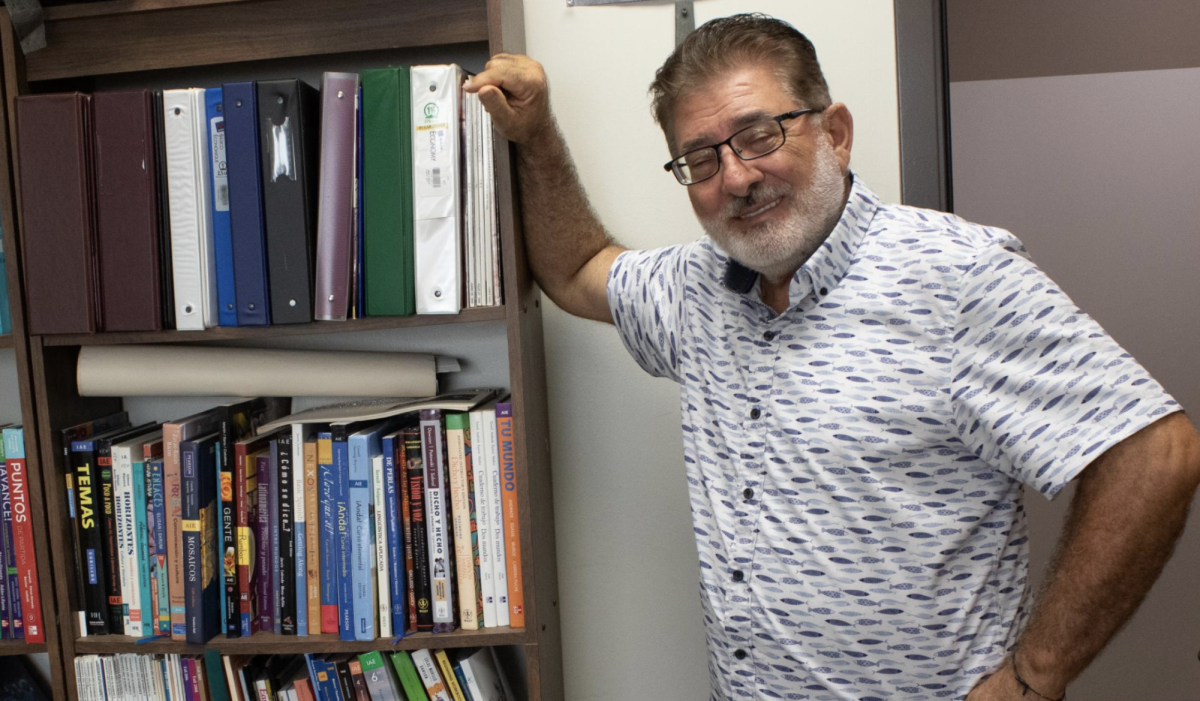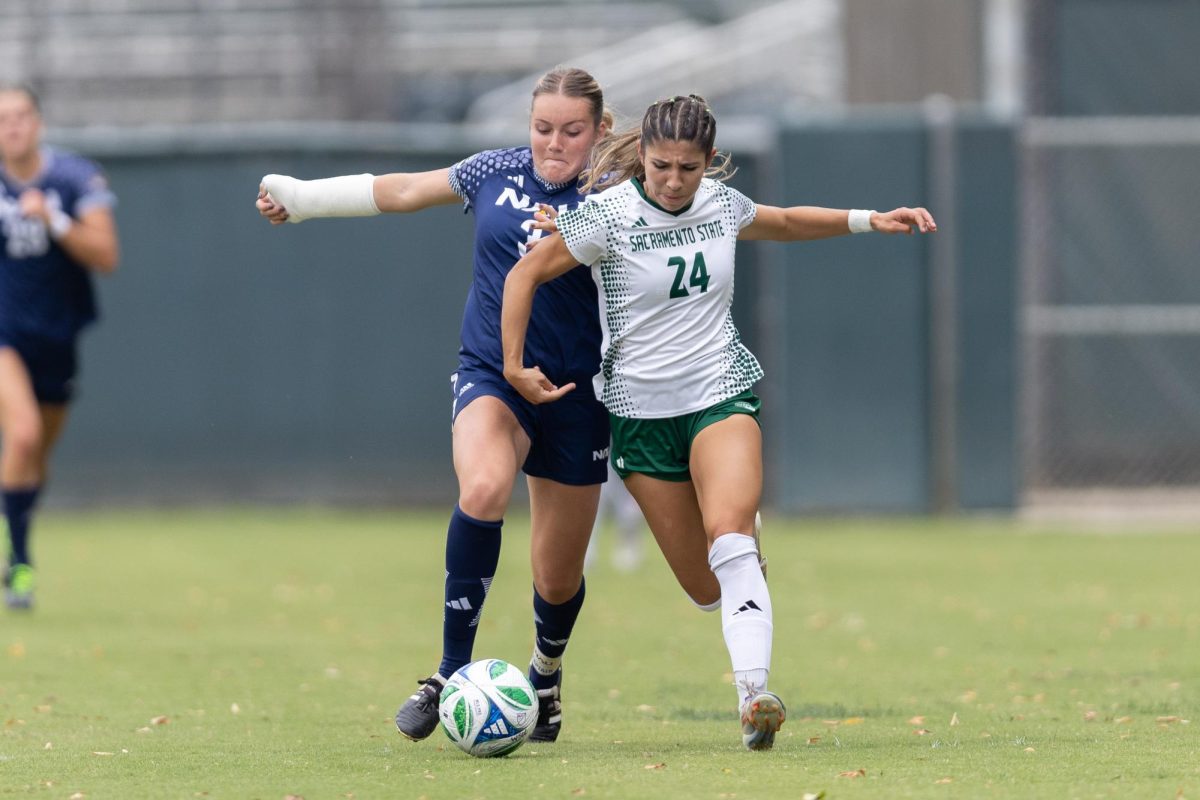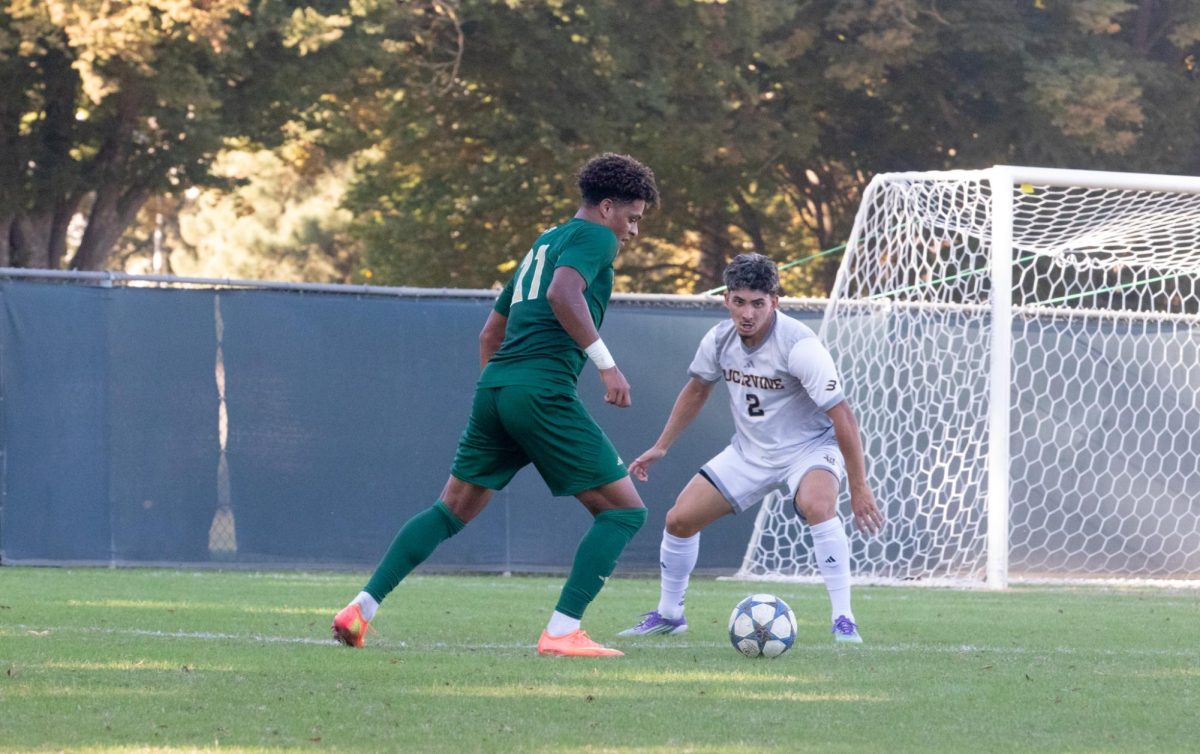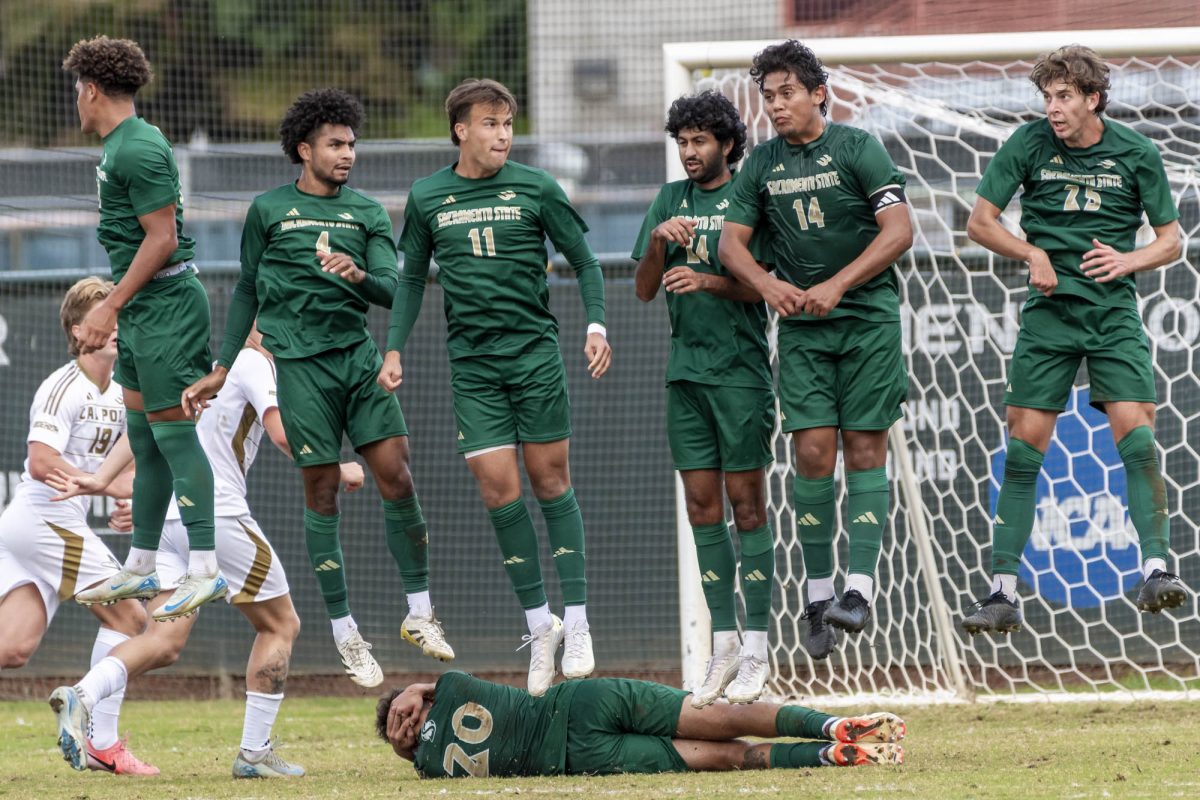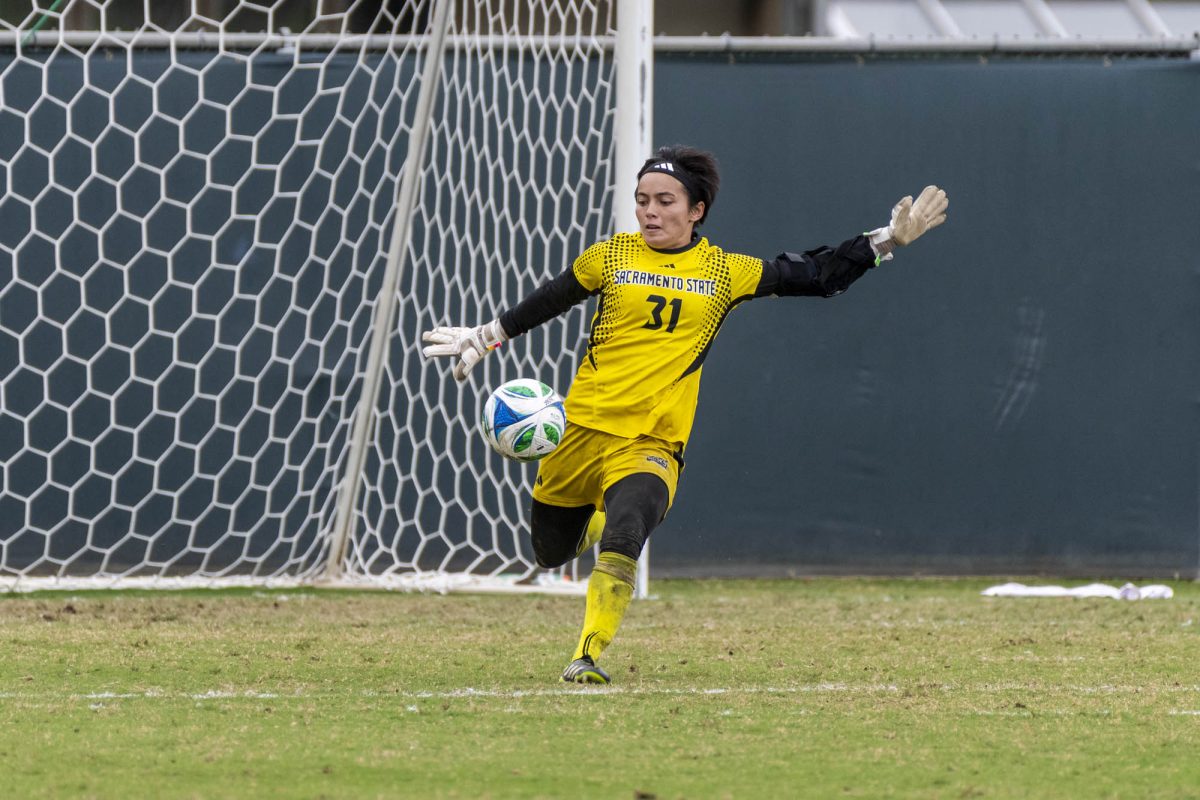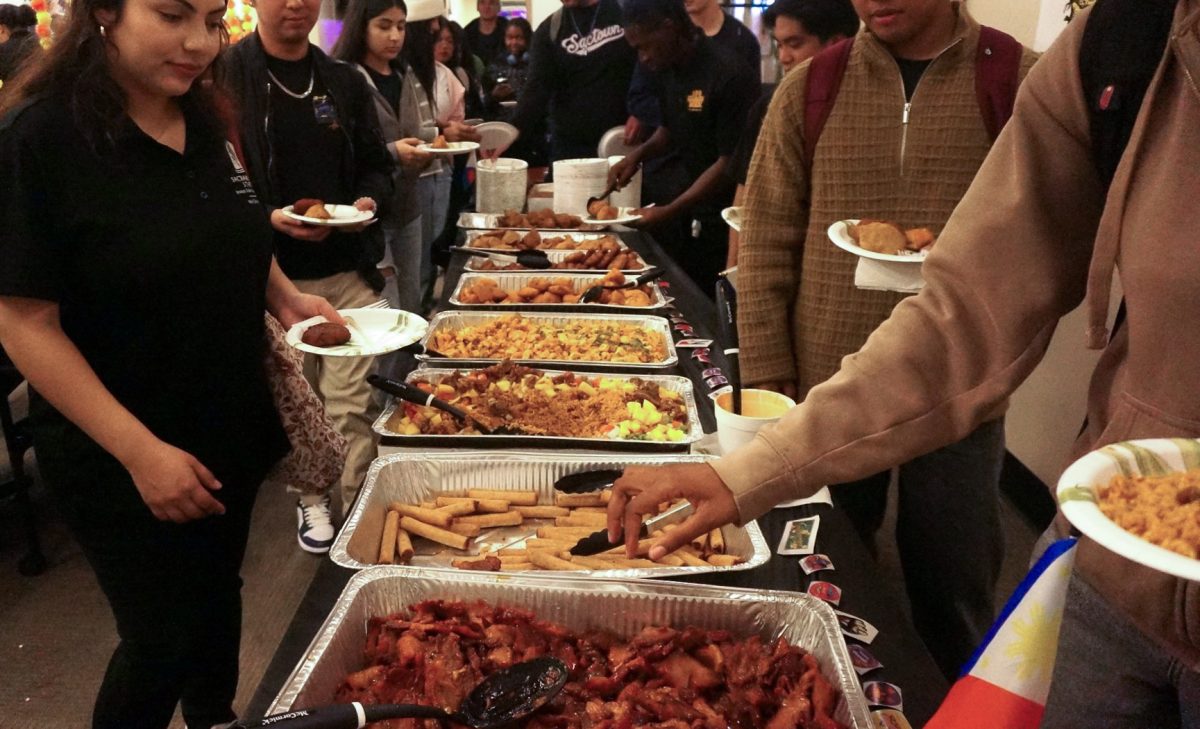Students with migrant backgrounds receive support
March 4, 2014
Erica Perez, a 21-year-old graphic design student, recalls feeling as though she was leaving something behind to begin a new life at Sacramento State.
Although coming from a migrant family, one that moved to harvest crops seasonally, the tight-knit ideals made it difficult for Perez to leave her life in Stockton for more unfamiliar surroundings.
“It was a bit more complicated to assimilate the fact that I was, in a way, moving out of the house,” Perez said. “I was leaving something behind and coming into a whole different environment that made me feel somewhat uncomfortable at first.”
Three years ago, Perez became one of the few students selected annually by the College Migrant Assistance Program to attend Sac State, where she was then able to receive not only information and help in applying for financial aid, but most importantly, a support system.
CAMP, which identifies eligible high school students of migrant backgrounds and secures placement for 80 incoming freshmen students per year, has been assisting students for 32 years.
Funded by a grant from the U.S. Department of Education, the program is designed to help students from migrant and seasonal farmworker backgrounds succeed in college, by acting as an extension of their family, as well as by utilizing outreach.
Director of CAMP Viridiana Diaz said the services help migrant students overcome the educational disruptions of migrant life by preparing them to successfully transition to and integrate within the college community.
“It’s the only program in institutions of higher learning specifically designed to address the unique needs of migrant students and help them attend and graduate from college,” Diaz said. “And it’s proven successful in assisting students transitioning from high school to college.”
Perez said she dealt with a lot of the difficulties being a migrant student trying to succeed in college because of the educational disruptions that came with frequently moving to follow the harvest in early schooling.
“The transition from high school to college is one of the biggest challenges we face as migrant students,” Perez said. “Often times we think that because we come from migrant families we may not be able to pay for college after we graduate high school; that is a lie.”
According to Sac State’s Office of Institutional Research, in 2012, 98 percent of first-year migrant students successfully completed their first year of college and 94 percent enrolled into their second-year.
“This is significant considering that only 68 percent of all college students persist after the first year of college,” Diaz said.
The “home away from home” aspect of the CAMP office, where migrant students frequently attend to study and socialize, has created a community within Sac State for its students to overcome the challenges of their backgrounds.
Elizabeth Contreras, a 20-year-old biological studies major, was a part of the program last year and is now interning at the office on campus.
“It’s a family environment,” Contreras said. “There’s a lot of academic and personal support.”
Contreras said the disruptions of migrating with her family in developmental years, created challenges in continuing with a college education.
“[Student migrants] don’t get [left] behind, but we don’t have the proficiency as other students,” Contreras said. “We aren’t as prepared as other students that come into college. We had to move around while we were in school, so I think that’s one of our disadvantages.”
The CAMP program also assists students in academia through advising and counseling as well as through social support.
“The people in here are really dedicated to their job,” Contreras said. “They don’t see it as a job they see it as like students are their life they know everyone and they know their struggles and their stories and I think it’s an important program to have on campus.”





